
Some people do indeed wear their Correct Toes to bed as a “night splint” to help passively restore toe splay and address a variety of common foot and toe ailments. One other possible merit associated with wearing Correct Toes during sleep is improved foot and toe circulation. Keeping your toes splayed at night can encourage optimal foot blood flow, which means that blood can get into and out of your foot more easily, helping to wash away harmful metabolic byproducts that can accumulate over time and contribute to problems such as plantar fasciosis.
Anecdotally, some people also report that using Correct Toes as a night splint yields a variety of other benefits, including better sleep, less foot cramping, less foot pain upon awakening, etc. Not everyone who uses the device in this way may experience these benefits, but some people do and there is the possibility that you may too. That being said, one potential reason you might not want to use the spacers at night is that, while you're sleeping, you're not “aware” of your feet, and so if there's any numbness, tingling, or skin irritation that occurs, it could go unchecked, which can be problematic in some instances.*
-
Note: It's also common for the device to shift position and even work its way off the toes over the course of the night, which offsets any potential benefits that may come from using the spacers in this way.
So, bottom line: For some people, wearing Correct Toes at night can be an okay option, and for others, not a good idea because of the lack of awareness that occurs during sleep. To get the most benefit out of your toe spacers, it's best to use them while weight bearing (i.e., standing, walking, or running) during your waking hours. The greatest corrective effect occurs when you wear your Correct Toes inside men's or women's footwear with an appropriately wide toe box and then participate in weight-bearing activities that impart forces through the joints and tissues of your properly splayed toes. Your tissues will adapt to these forces over time, and your toes will begin to spread out and your foot will become stronger.
Wearing Correct Toes while weight bearing is crucial in achieving long-lasting natural foot health, but there are a number of other things you can do to help build a strong and resilient foot and enhance the effectiveness of the device. Key among these is performing specific foot exercises, including the Big Toe Stretch, the Toe Extensor Stretch, and the Foot Arch Strengthening exercise. Choosing the appropriate footwear is also extremely important. And, finally, this article lists a number of the other top tools and strategies you can employ to bolster your foot health and function.
*Heavy top sheets, blankets, comforters, or duvets can have a significant impact on how the device interacts with your toes overnight, so if you can't guarantee a force-free or even a low-force environment for your feet, it's probably best to simply avoid using Correct Toes while sleeping.

WANT TO IMPROVE YOUR FOOT HEALTH?
Let the team at Natural Footgear help you! Subscribe to our newsletter for the latest offers and helpful info, and sign up for our FREE email courses on various topics and foot health conditions.
Sign Up →
Want to Improve Your Foot Health?
We are here to help you every step of the way. Get our newsletter for the latest offers and helpful info, and sign up for our FREE email courses on various topics and conditions, including bunions, hammertoes, neuromas, plantar fasciosis, shin splints, ingrown toenails, and more.
Sign Up →
 One of the most common questions we receive at Natural Footgear is the following: “Can I wear Correct Toes toe spacers in combination with my regular socks?” The answer is, yes, absolutely. We do prefer combining Correct Toes with Injinji toe socks, as both products work synergistically to encourage natural toe splay and a variety of foot health benefits, but it is possible to use conventional (i.e., non-toe socks) socks...
Read more
One of the most common questions we receive at Natural Footgear is the following: “Can I wear Correct Toes toe spacers in combination with my regular socks?” The answer is, yes, absolutely. We do prefer combining Correct Toes with Injinji toe socks, as both products work synergistically to encourage natural toe splay and a variety of foot health benefits, but it is possible to use conventional (i.e., non-toe socks) socks...
Read more



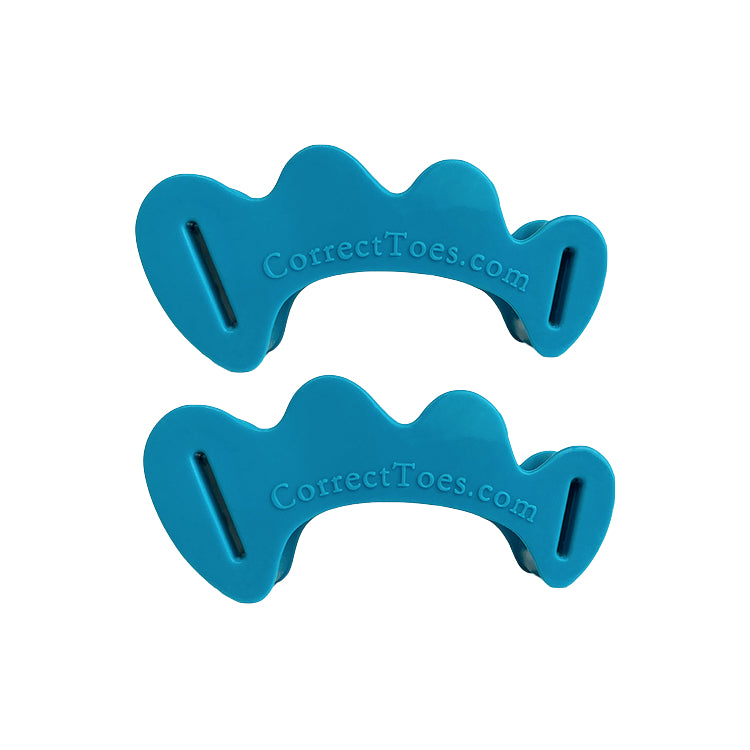

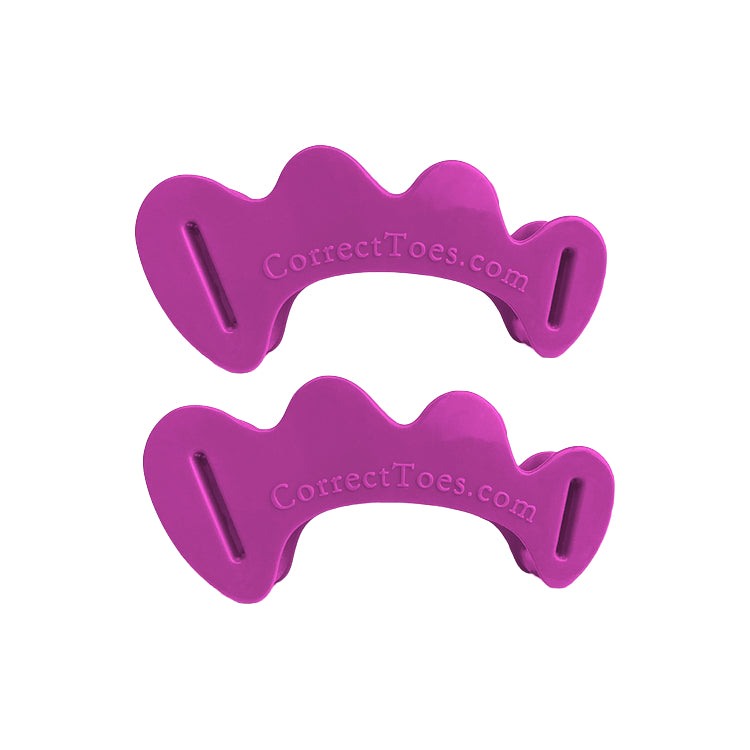

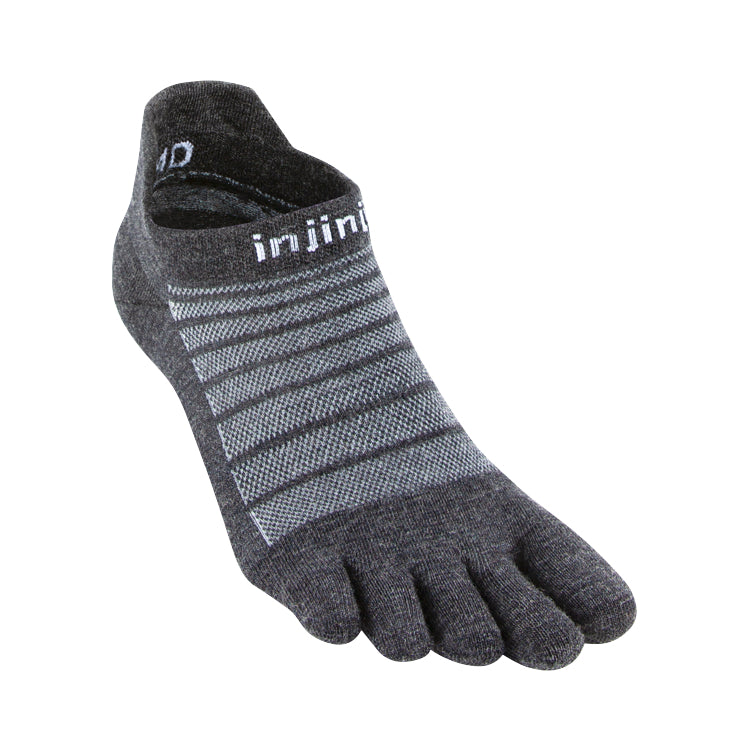
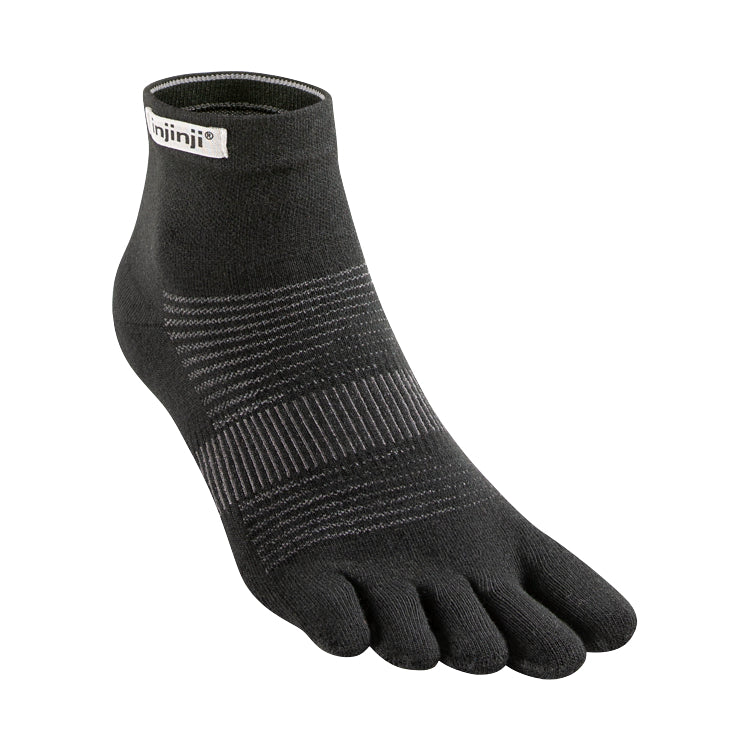
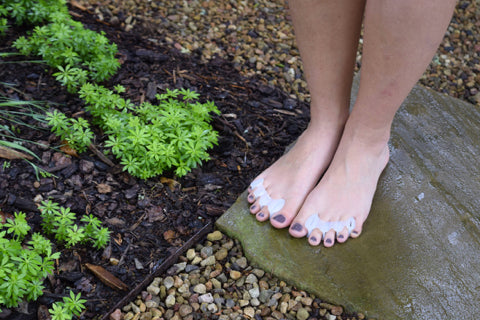



Dear Dr. Robyn, I wore Correct Toes at night for a while when my bunions were at their most tender and the weight of the blankets was too much for my feet. I wore Peds to keep the Correct Toes in place. More recently I’ve been wearing Correct Toes during the day, and my feet are getting stronger.
Hi, Carolyn,
Thank you for your comment. I’m glad to hear that your feet are getting stronger since you’ve begun wearing your Correct Toes during the day! That’s great news. In terms of the issues you mentioned with using the spacers at night, some people will use a product that creates a little “tent for the feet” out of their bedsheets and blankets (to help remove the fairly substantial forces these bed linens can have on the feet). One such product available in the past was called Blanketbooster, though I’m not sure if it’s still in production. It appears that other, similar products now exist, though.
All the best,
Robyn Hughes, ND
I almost always wear my Correct Toes toe spacers to bed. I found that my toes experienced uncomfortable pressure from the weight of blankets (or even just a sheet), but when I wear my Correct Toes I don’t have that problem. And, yes, sometimes they work their way off, but at least I fell asleep first. The colorful ones are easier to find in the bed when I wake up!
Hi, Cindy,
Thank you for sharing your experience with wearing Correct Toes at night! And you bring up a good point: The Aqua and Plum “splash” colors of Correct Toes are indeed a lot easier to locate among the sheets in the morning! Ha!
All the best,
Robyn Hughes, ND
I just ordered gel toe separators. Unfortunately, none of my existing sneakers fit over them. The shoes are too tight!
Hi, Donna,
Thank you for your comment. I’m sorry to hear that none of your existing shoes are able to accommodate Correct Toes! It’s essential that you pair your Correct Toes with footwear that possesses a sufficiently wide toe box to house the spacers. Footwear that’s too tight or too tapering in the toe box can significantly encroach upon the device and cause discomfort while negating the beneficial effects of the Correct Toes appliance. Fortunately, the footwear models you’ll find here are all Correct Toes compatible for most sets of feet:
www.naturalfootgear.com/collections/womens-shoes
Please let us know if you have any additional questions; we’re happy to help out however we can!
Kind regards,
Robyn Hughes, ND
What causes a hammertoe? And, can toe separators like Correct Toes fix the problem?
Hi, Chuck. Thank you for reaching out to us with your questions. To answer your first question, inappropriate footwear is the most significant factor in the development of hammertoes. Shoes that are too narrow in the toe box force the toes into a curled and deformed position. Over time, the toe tendons adjust to this unhealthy configuration, causing the affected toe or toes to hold a hammered shape. Athletes and active individuals may be especially susceptible because of the increased forces on the toes from shoes that are too small or too tight. Heel elevation in footwear is also problematic, as it causes the toes to be pushed deeper into the shoe’s wedged toe box. Heel elevation, then, also contributes to a muscle/tendon imbalance in the foot and toes.
Using men’s or women’s foot-healthy footwear—footwear that gives the hammered toe or toes adequate room to straighten and splay—is a crucial first step in addressing this common (but not normal) toe problem or preventing it from getting worse. You had asked about toe separators, though, and this is indeed an important tool for fixing the problem. In fact, natural, noninvasive care strategies for hammertoes should be based around the use of Correct Toes, a toe straightening and spacing device that helps realign the toes to their normal anatomical position. Along with Correct Toes and healthy-foot-shaped footwear, Pedag metatarsal pads and the Hammertoe Stretch and Mobilization exercise are two additional things you can use or perform to help restore a balance between your toe flexor and extensor tendons. Injinji toe socks can play a supporting role here too.
For more information about hammertoes, including natural versus conventional approaches, we recommend that you check out this video featuring sports podiatrist and Correct Toes inventor Dr. Ray McClanahan:
www.naturalfootgear.com/blogs/educational-articles/hammertoes-conventional-vs-natural-approaches
And, of course, before beginning any treatment regimen designed to address toe problems such as hammertoes, we always recommend that you consult a foot care provider to discuss the nuances of your particular case and develop a plan that’s most appropriate for you.
Yours in Foot Health,
Drs. Marty & Robyn Hughes